Chinese New Year is also known as "Spring Festival" or "Chūnjié (春节)" by Chinese people. The Chinese New Year in 2026 will be February 17, 2026 (the first day of the first month of the lunar calendar).
The celebration of Chinese New Year is not limited to this day alone. So, how long does Chinese New Year last? It lasts for 16 days from Chinese New Year's Eve to Lantern Festival. Chinese people tend to prepare for the Chinese New Year about half a month in advance and hold some activities to celebrate Chinese New Year, such as buying New Year goods, cleaning the house, paying New Year greetings, and so on. This article would help you learn about Chinese New Year celebrations if you plan to start a China tour during Chinese New Year 2026.
Celebrating Chinese New Year is an important thing in China. Here we will introduce how is Chinese New Year is celebrated in two stages: before Chinese New Year (from Laba Festival to Chinese New Year's Eve) and during Chinese New Year (from New Year's Day of the Chinese lunar calendar to the Lantern Festival on the fifteenth day of the first month of the lunar year).
The first stage: Before Chinese New Year, the Chinese people will make some preparations in advance to welcome the arrival of the Chinese Lunar New Year.
Laba Festival (January 26, 2026)
Laba Festival is the beginning of celebrations for the Chinese New Year, and is also one of the traditional Chinese festivals. Laba Festival is celebrated on the eighth day of the month of La (twelfth lunar month), so people call it Laba Festival. Originally, the ancient Laba Festival was a day to worship ancestors and deities. People will pray for a good harvest and peace in the coming year through various rituals on this day.
Influenced by Buddhism, Laba Festival later became a Buddhist festival to commemorate Sakyamuni Buddha's enlightenment. So, Laba Festival is also known as the "Buddha Treasure Festival" or "Sakyamuni Buddha's Enlightenment Day". Because the Lapa Festival is associated with Buddhism, many temples hold various ceremonies on this day. In addition, Buddhist temples also offer congee to the public. The congee is called "Laba Congee", also called "Eight Treasures Congee", "Buddha Porridge".
Laba congee and Laba garlic are traditional foods for the Laba Festival. It is said that the custom of eating Laba congee first originated in the Song Dynasty. Laba congee is made of a variety of grains, beans, and dried fruits with sugar, such as rice, wheat, red beans, red dates, walnuts, lotus seeds, longans, etc. The ingredients used in Laba congee may vary a bit from place to place.
In northern China, people pickle garlic in vinegar during Laba Festival, called Laba garlic. Garlic that has been soaked in vinegar turns a green color like emerald. On Chinese New Year, people will eat Laba garlic. The vinegar used to pickle Laba garlic can be eaten with dumplings.
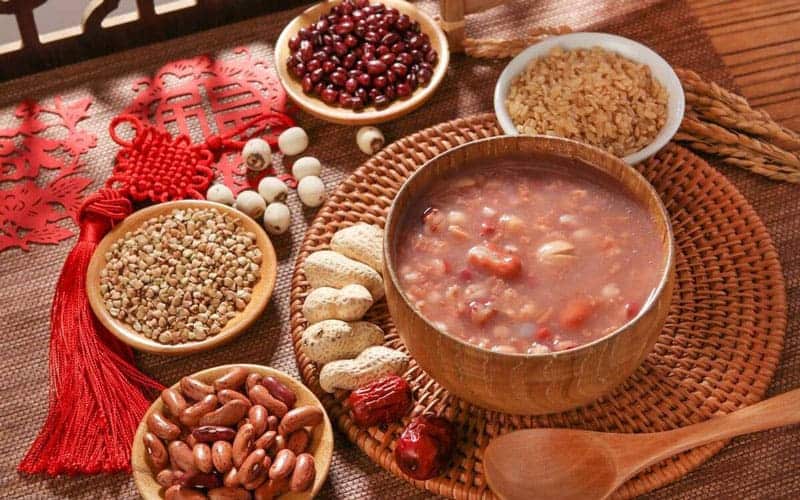
Little New Year (February 10 or 11, 2026)
Little New Year is also called the Kitchen God Festival. Due to the differences in local customs, the days called "Little New Year" are not the same. In China, there are mainly Northern and Southern Little New Year.
The Northern Little New Year falls on the 23rd day of the twelfth lunar month, while the Southern Little New Year falls on the 24th day of the twelfth lunar month. In the Gregorian calendar, it is either February 10 or 11, 2026. In some places, dates such as Chinese New Year's Eve, the day before Chinese New Year's Eve, or Lantern Festival are regarded as Little New Year.
The main custom of Little New Year is to worship the Kitchen God (to send away the Kitchen God). In Chinese folk tales, the Kitchen God is the deity in charge of the household food and the kitchen. Every year on the 23rd or 24th of the twelfth lunar month, the Kitchen God would report the good and evil of the family on earth to the Jade Emperor.
People will worship the Kitchen God with sweets, fruits, and other offerings on the day of the Little New Year. People believe that candy can stick to the mouth of the Kitchen God. In this way, the Kitchen God can only say good words and not bad when reporting to the Jade Emperor.
After the worship of the Kitchen God, the old image of the Kitchen God should be taken down and burned, which symbolizes the Kitchen God returning to heaven to report. Until Chinese New Year's Eve or the first day of the Chinese Lunar New Year, people put up a new image of the Kitchen God to welcome the return of the Kitchen God. People also eat Zaotang (灶糖, candy for the Kitchen God) during the Little New Year. Zaotang, also called "Guandong sugar", is a kind of candy made from maltose.
Little New Year is also the beginning of the preparations for the Chinese New Year, which means that people are going to get busy with the Chinese New Year. People will start other activities, such as cleaning up and buying New Year's goods, on this day.
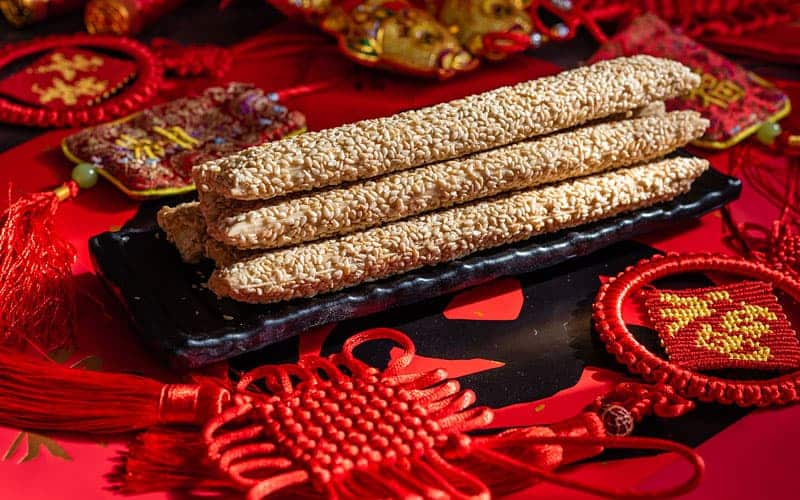
Other Days before Chinese New Year's Eve
Preparation before the Chinese New Year can't be done in a day or two. Besides the two special days of the Laba Festival and Little New Year, people are also busy with the Spring Festival on other days.
1. Clean Your House
Greeting the new year and saying goodbye to the old year is a traditional Chinese New Year custom. To celebrate Chinese New Year, people usually deep clean their houses before Chinese New Year, such as sweeping the floors, cleaning the furniture, electrical appliances, curtains, and getting rid of dust in high places. General cleaning before Chinese New Year means sweeping away the bad luck of the old year and welcoming the good luck and auspiciousness of the new year. Pay extra attention to areas you rarely clean, and don't leave the dirt for next year.
But on Chinese New Year's Day, you cannot clean or take out the garbage, otherwise it will sweep away good luck and wealth. While cleaning, it's also time to throw away some old things, such as old clothes, old shoes, old furniture, etc.
2. Do Chinese New Year Shopping
Chinese New Year is a big holiday that needs a lot of things to celebrate. In China, many Chinese people will buy all kinds of items for Chinese New Year before it comes, including food, desserts, new clothes, fireworks, toys, household items, Chinese New Year gifts, Chinese New Year decorations, and so on. The market before Chinese New Year is lively and full of festive atmosphere. Whether you are buying online or offline, prepare ahead of time. Because many shops may close as the Spring Festival approaches. The delivery may also stop, and you will not receive it.
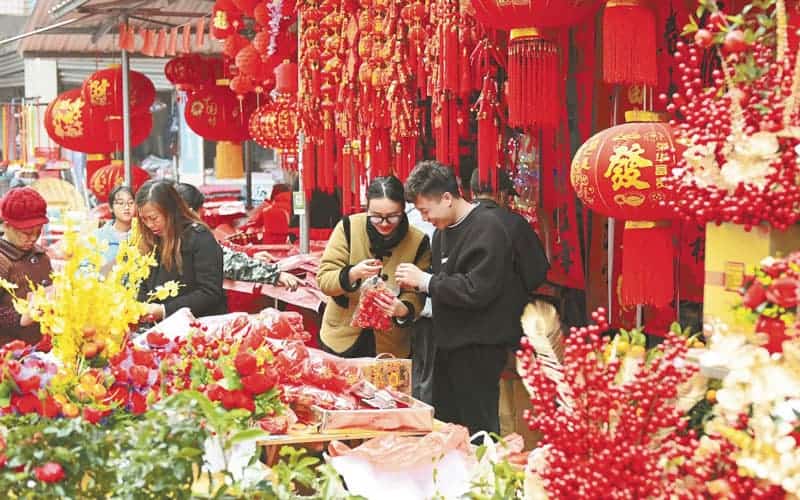
3. Make Chinese New Year Food and Desserts
Of course, you can't have Chinese New Year without delicious food. Although many things can be bought in shops or stalls outside, there are still many people who prepare various foods and desserts to celebrate this special holiday on their own. People put their hopes and wishes for a better life into the food. Making Chinese New Year food and enjoying it with your family can be a rewarding and fulfilling experience. Common Chinese New Year foods include niangao (rice cakes), fagao (steamed sponge cake), fried sesame balls, cured meat, etc.
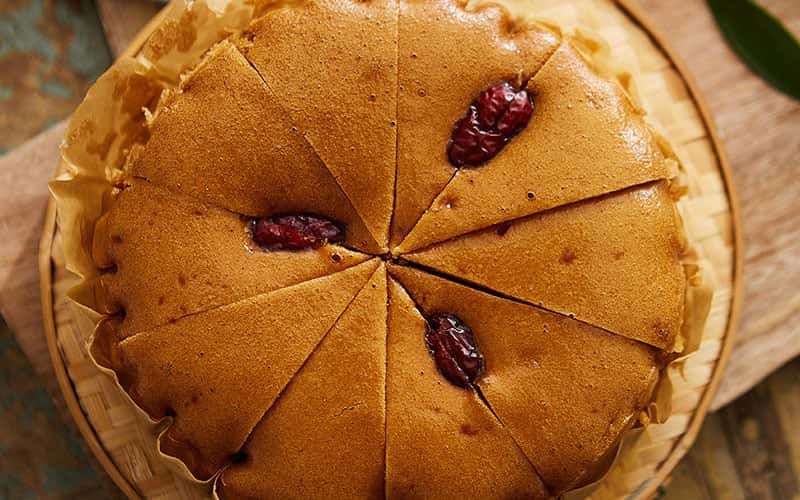
4. Get a Haircut and Wash Your Hair
You can start the Chinese Lunar New Year with your hair, which means "start anew". Getting a haircut or washing hair before Chinese New Year means wishing an auspicious beginning for life. Traditionally, there is a saying "no haircut in the first lunar month", so many people choose to have their hair cut in the twelfth lunar month.
Chinese New Year's Eve (February 16, 2026)
1. Put up Decorations
According to Chinese New Year traditions, most Chinese people will paste some Chinese New Year decorations on Chinese New Year's Eve, such as spring couplets, Fu characters, door god pictures, and New Year paintings. Red and festive Chinese New Year decorations make Chinese New Year more ceremonial.
Stick Spring couplets and Fu characters on and around the door, and stick paper-cutting on the windows. Hang red lanterns in doorways, hallways, or indoors. Place a candy tray on the tea table, filled with candies, nuts, etc. Lay a red tablecloth on the table, place a vase with plants or flowers such as holly or peach blossoms.
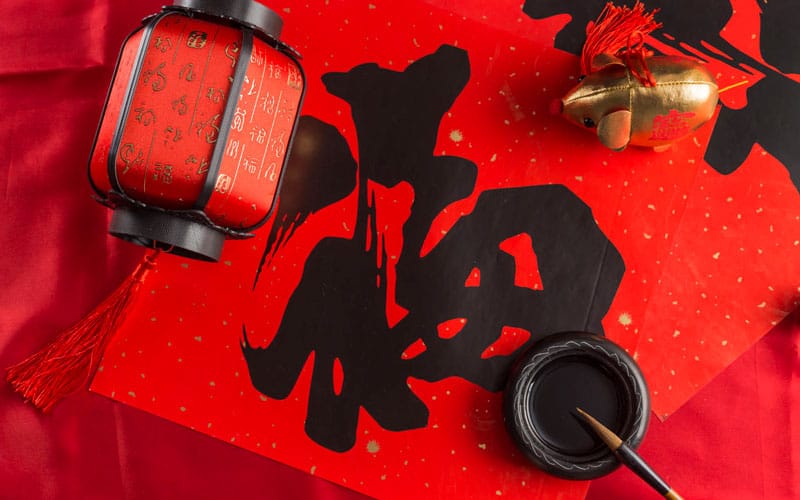
2. Have a Family Reunion Dinner
No matter how busy they are with work, people will rush home before Chinese New Year's Eve to reunite with their families and have a New Year's Eve dinner. This is one of the most important traditions of Chinese New Year. Family members usually work together to prepare the New Year's Eve dinner.
Family reunion dinners on Chinese New Year's Eve are usually substantial, prepared with a variety of dishes that symbolize different auspicious meanings. Fish symbolize abundance every year. Usually, a whole fish means completeness and abundance. Dumplings are shaped like ingots, symbolizing wealth and good luck. A whole chicken means good luck.
Fruit is the dessert after the family reunion dinner. You can choose fruits with good meaning, such as apples (safety) and oranges (good luck).
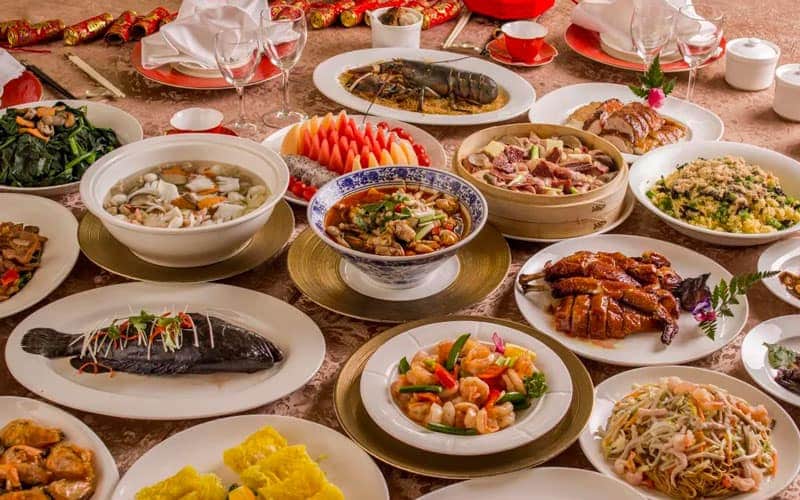
3. Watch the Spring Festival Gala
The Spring Festival Gala is a comprehensive television program that is broadcast on the evening of Chinese New Year's Eve every year. The program of the Spring Festival Gala generally includes songs, dances, skits, crosstalk, acrobatics, and other forms. After having a family reunion dinner, people chat while watching the Spring Festival Gala. They enjoy this moment with their families and wait for the arrival of the Chinese New Year.
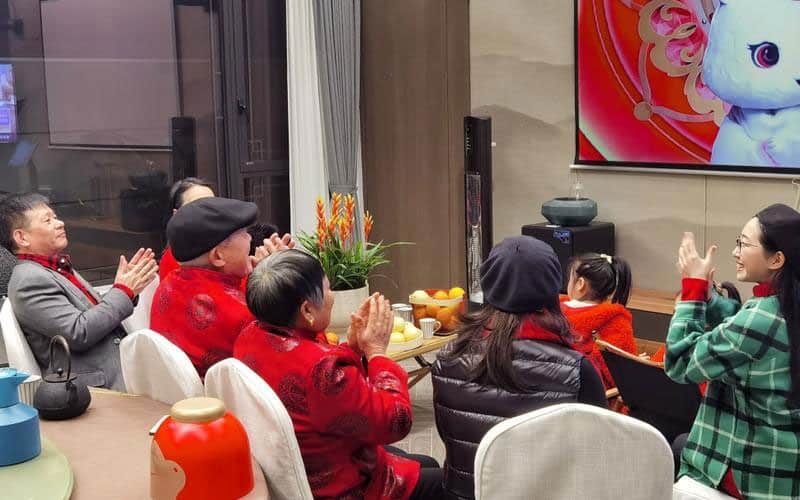
4. Stay up Late on Chinese New Year's Eve
Staying up late is one of the Chinese New Year traditions. On Chinese New Year's Eve, people will stay up late and light up to drive away the bad omen at home to welcome the new year. At this time, you can arrange some interesting activities, such as playing cards and chess, eating snacks, setting off fireworks, and watching the Spring Festival gala. These activities can not only pass the time, but also interact with family and enhance relationships.
The second stage: After the Chinese New Year's Eve, it is the Chinese New Year, which is the first day of the Chinese Lunar New Year. From today, the 15-day celebration of Chinese New Year begins.
Chinese New Year (February 17, 2026)
1. Pay a New Year Call
On the first day of the first lunar month, people officially enter a new year. People get up early and put on new clothes. Everyone welcomes the new year with a new look. Generally, New Year's greetings start from one's own home first. The younger generation should pay New Year's greetings to their elders, wishing them a long life, good health, and all the best. In addition, many families hold ancestral worship activities on this day to show respect for their ancestors.
2. Give and Receive Red Packets
After the younger generation pays New Year's greetings to the elder generation, the elder generation will distribute red packets to them. In some places, it is customary to send red packets to children on Chinese New Year's Eve, symbolizing the suppression and avoidance of evil spirits and the protection of children's safety and health. Some give red packets on the morning of the first day of Chinese New Year.
The amount of money to put in the red packets depends on local customs. This is a gift for the younger generation, which means good wishes of the elders.
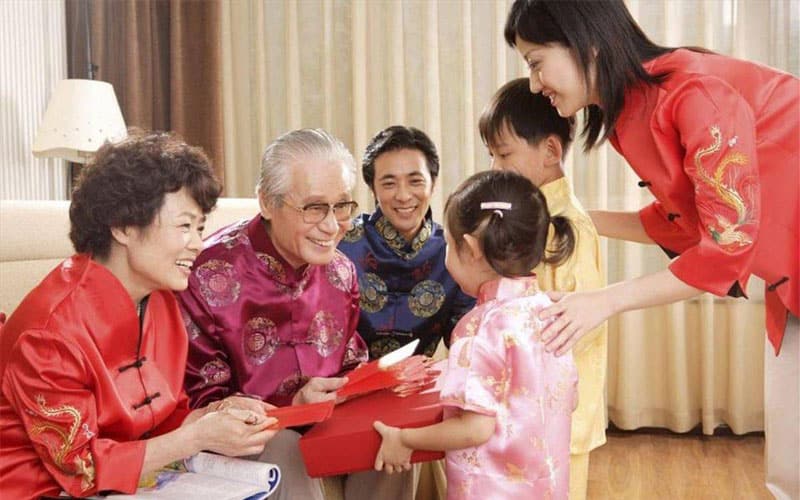
3. Setting off Firecrackers and Fireworks
Setting off firecrackers and fireworks is one of the Chinese New Year celebrations. Ancient people believed that the sound of firecrackers could drive away evil spirits and bad luck and bring peace and good fortune in the new year.
On the night of Chinese New Year's Eve, people set off firecrackers to drive away evil. On the first day of the new year, they continue setting off firecrackers to welcome the new year. The sound and color of firecrackers and fireworks make the festival more lively and happy.
For safety reasons, you are no longer allowed to set off firecrackers and fireworks on your own in many urban areas. But you still have a chance to watch fireworks displays organized in designated places.
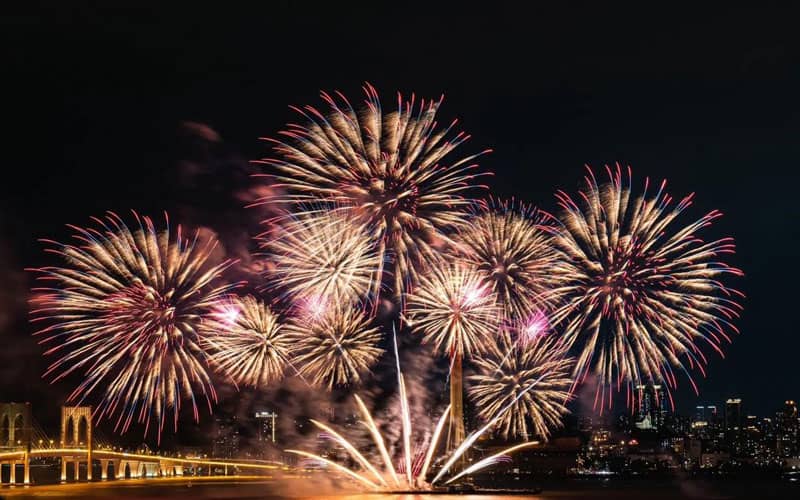
4. Watch the Dragon and Lion Dance
During Chinese Lunar New Year, many Chinese New Year activities are organized throughout the country, and the dragon and lion dance is one of the most popular Chinese New Year activities. The lion is regarded as a symbol of courage and strength in China culture. And the dragon is a symbol of auspiciousness. It is believed that dragon and lion dances can ward off evil spirits and bring good luck and peace to the coming year.
Teams of dragon and lion dancers will parade through the streets to bring joy and blessings to the people. Dragons and lions will roll and jump according to the rhythm of instruments such as gongs and drums.
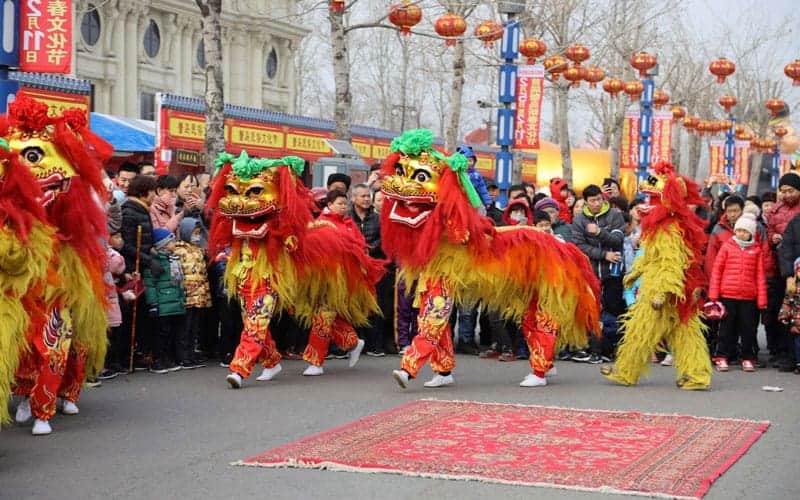
2nd Day of Chinese New Year (February 18, 2026)
The second day of the first month of the lunar calendar is also known as the "welcome son-in-law day". According to traditional Chinese customs, married women are required to bring their husbands and children back to their parents' home to visit them on this day. This day is also a day to worship the God of Wealth. On this day, people will prepare rich offerings to worship the God of Wealth and pray for good fortune in the new year.
3rd Day to 14th Day of Chinese New Year (February 19 to March 2, 2026)
Visiting relatives and friends only takes a few days to complete. Usually, on the seventh or eighth day of Chinese New Year, the Chinese New Year holiday is over, and people have to go back to work. People will take advantage of these days to visit their closer relatives and friends and send gifts. Even if you don't have time to visit in person, you can still stay in touch online and congratulate each other on the New Year. As people gradually return to work, the atmosphere of the Chinese New Year begins to fade until the Lantern Festival comes to a climax.
The fifth day of the first month of the lunar calendar is a special day, which is called the "powu". People began to return to their original lives after this day, and sacrificial activities decreased. There are many taboos in Chinese New Year from the first day to the fifth day of the first month, but after the fifth day of the first month, people can get rid of these taboos. It is said that the fifth day of the first month is also the birthday of the God of Wealth. People eat dumplings and set off firecrackers on this day to send away the "poor" and welcome the God of Wealth.
Lantern Festival (March 3, 2026)
The Lantern Festival marks the end of Chinese New Year celebration. As one of the Chinese New Year foods, yuanxiao are usually eaten on the Lantern Festival. Yuanxiao are eaten in northern China, while tangyuan are eaten in southern China. Grand lantern exhibitions will be held in various places. You can enjoy various exquisite lanterns. While watching the lanterns, people can also participate in guessing lantern riddles. Lantern riddle guessing is a kind of literal entertainment at the Lantern Festival. People write riddles on slips of paper and stick them onto colorful lanterns for people to guess.
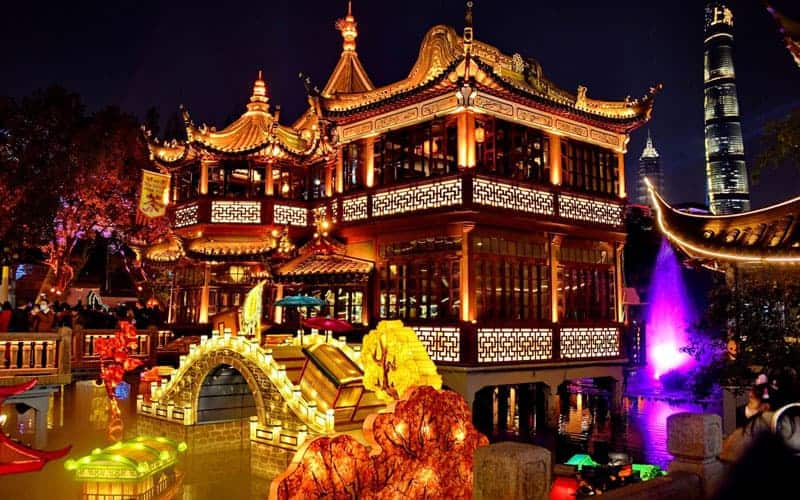
Who Else Celebrates Chinese New Year
Influenced by Chinese culture, besides China, some other countries also celebrate Chinese New Year. But their names, customs, and celebration dates may be somewhat different from those in China. Here is a brief introduction to some countries celebrating Chinese New Year.
1. Korea - Seollal
In Korea, the Chinese New Year is called Seollal. Seollal is a festival to worship ancestors, visit friends and relatives, wear traditional costumes, enjoy good food, and have fun. Sebae is a ritual during the Seollal period. The younger generation in traditional clothing (hanbok) kneels on the ground and bows deeply to the elders, wishing them a happy new year. Rice cake soup is an important food in Seollal.
2. Vietnam - Tet
Tet is the short for Tet Nguyen Dan. Most of the time, Tet Nguyen Dan (which is also known as Vietnamese New Year) is celebrated on the same day as Chinese New Year, but sometimes it may be a different date. Offering ancestors, visiting relatives and friends, exchanging New Year's greetings, and giving lucky money are also traditional customs of Tet Nguyen Dan.
3. American, Singapore and Malaysia
In some places and countries with a large number of Chinese people, such as the United States, Singapore, and Malaysia, Chinese New Year is an annual holiday. You can participate in Chinese New Year activities and watch dragon and lion dance performances at the Lunar New Year Market, Chinatown, etc., to experience the festive atmosphere.
More about Chinese New Year
Introduction of Chinese New Year (When, How Long, Traditions, Superstitions)
12 Lucky Chinese New Year Food to Bring Luck and Prosperity

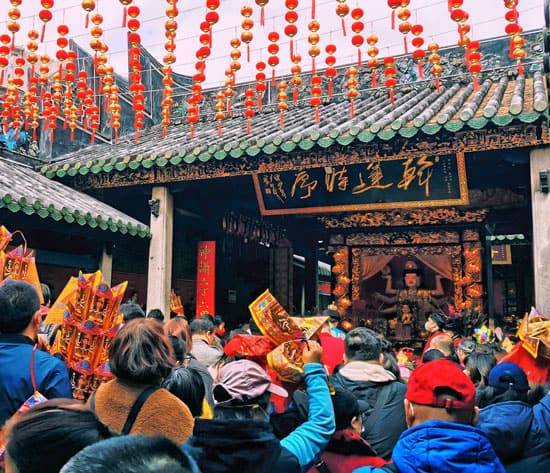
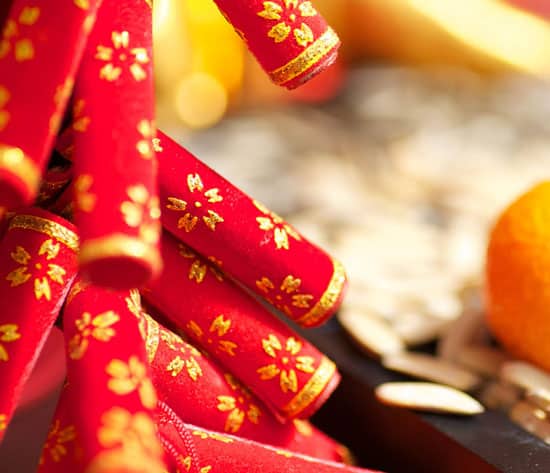
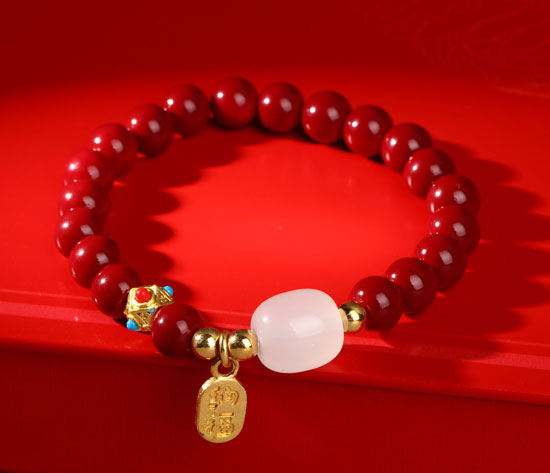

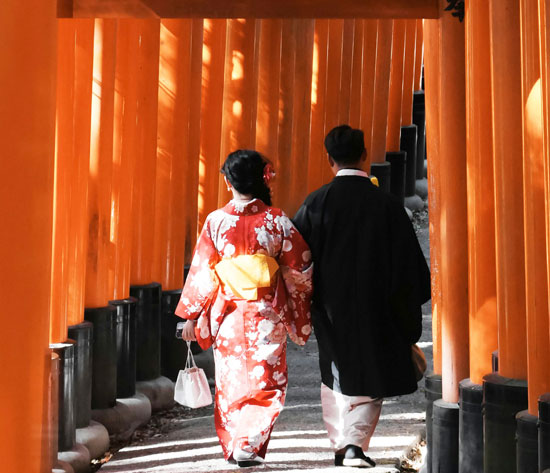
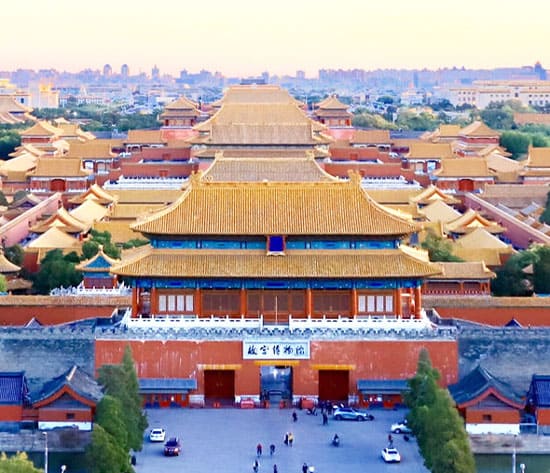
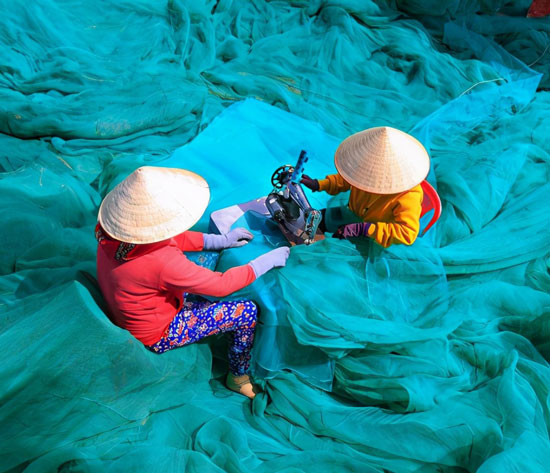
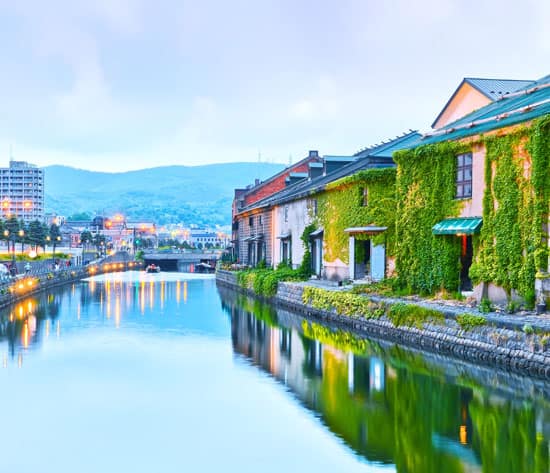
Have a Question?
You might see your comment appear on this page, but your email address and full name will not be published. Your personal information will remain confidential. Our Asia travel experts will get back to you as soon as possible. Required fields are marked *